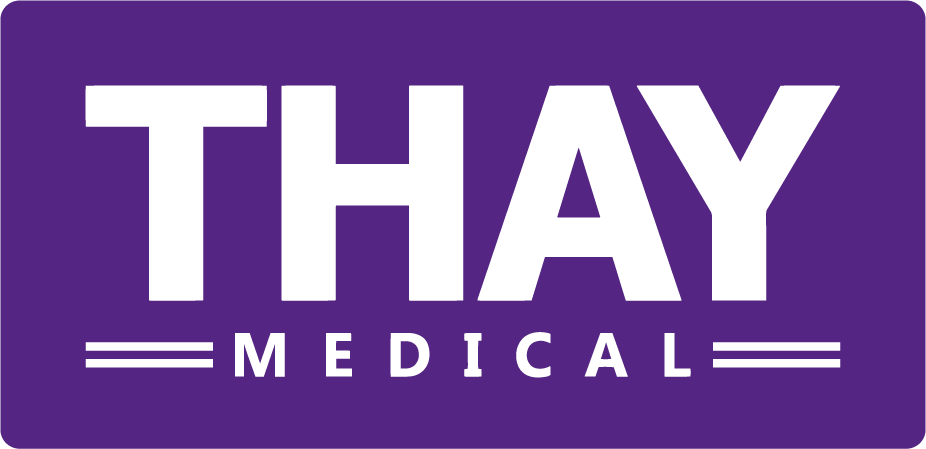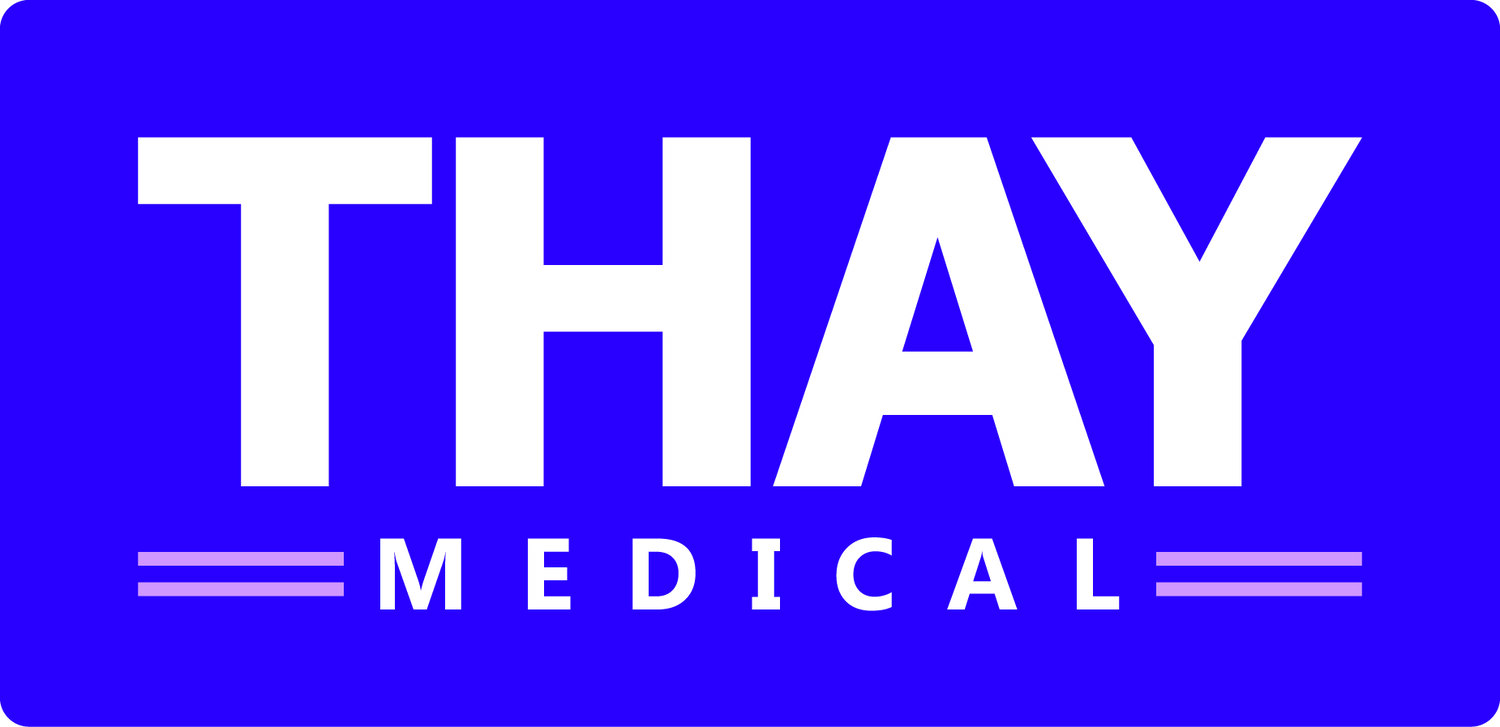IEC 62366-1 and IEC 62366-2 Release
 At last! It has been a long time in the running, but IEC have recently released IEC 62366-1 and 62366-2, which supercede the IEC/ISO 62366 standard. These documents in this standard continue to cover the application of usability engineering to medical devices.It builds upon the existing standard to bring more harmony between the requirements of the US-based Food and Drug Administration (FDA) and the International Electrotechnical Commission (IEC). There are many small changes that enable this harmony. From a simple review, the usability engineering process has subtly changed with terminology changes and the division of the process into a more user interface focused definition/evaluation process (See figure A.4 in IEC 62366-1). For example, the term applied to the existing document called the Application Specification has changed to “Use Specification”.With respect to the risk management process focused upon the device use, there is still harmony with internationally recognised ISO 14971 – the Risk Management standard covering medical devices. The usability engineering process continues to be a process aligned with minimising use based risk, with, it appears more focus on the definition of use scenarios that create use related hazards and hazardous situations. It is common to find use scenarios that are specific to one type of user or one use environment (i.e. not able to be generalised) and so the revision of IEC 62366 may assist with the definition of these typical or worst case use scenarios, and the events that lead to a hazardous situation occurring involving the medical device. Understanding this is critical for the prediction of use errors and their minimisation through medical device development we feel.In addition, there is now definition on the usability / human factors risk assessment method. The standard now requests the understanding of each use error from a perceptual, cognitive or physical action point of view (reference Figure A.1 in IEC 62366-1) as well as how they can end up creating a hazardous situation. This is a method THAY Medical have been using for a while now and it really does enable the developer to understand what is causing the use error. It is almost akin to a high level root cause analysis where attempting to understand what is the reason behind the use error. Was is that the user was unable to perceive what to do next, could they not comprehend the instruction given to them or were they unable to physically perform the action? What we see this leads to is a more logical approach to risk mitigation activities. If a user was unable to comprehend an instruction, then may be the instructions given to them in user documents were not clear enough, or perhaps the training may be insufficient. Understanding potentially why a use error occurs may mean mitigating risk in a different manner, or with a more focused approach.And there is more.. The changes to from IEC/ISO 62366 to IEC 62366-1 and the additional IEC 62366-2 are positive, and will hopefully result in developers understanding the intended use of the medical device in a slight bit more detail, and in a way, industry is currently understanding usability and the human factors related to medical devices. THAY Medical are currently training their staff on the revision to this standard so that we can be introducing it to customers and practising it with medical device development projects. In our eyes, this revision has been a long while coming, but is value added and highlights the importance of usability engineering in the development of medical devices.The staff at THAY Medical
At last! It has been a long time in the running, but IEC have recently released IEC 62366-1 and 62366-2, which supercede the IEC/ISO 62366 standard. These documents in this standard continue to cover the application of usability engineering to medical devices.It builds upon the existing standard to bring more harmony between the requirements of the US-based Food and Drug Administration (FDA) and the International Electrotechnical Commission (IEC). There are many small changes that enable this harmony. From a simple review, the usability engineering process has subtly changed with terminology changes and the division of the process into a more user interface focused definition/evaluation process (See figure A.4 in IEC 62366-1). For example, the term applied to the existing document called the Application Specification has changed to “Use Specification”.With respect to the risk management process focused upon the device use, there is still harmony with internationally recognised ISO 14971 – the Risk Management standard covering medical devices. The usability engineering process continues to be a process aligned with minimising use based risk, with, it appears more focus on the definition of use scenarios that create use related hazards and hazardous situations. It is common to find use scenarios that are specific to one type of user or one use environment (i.e. not able to be generalised) and so the revision of IEC 62366 may assist with the definition of these typical or worst case use scenarios, and the events that lead to a hazardous situation occurring involving the medical device. Understanding this is critical for the prediction of use errors and their minimisation through medical device development we feel.In addition, there is now definition on the usability / human factors risk assessment method. The standard now requests the understanding of each use error from a perceptual, cognitive or physical action point of view (reference Figure A.1 in IEC 62366-1) as well as how they can end up creating a hazardous situation. This is a method THAY Medical have been using for a while now and it really does enable the developer to understand what is causing the use error. It is almost akin to a high level root cause analysis where attempting to understand what is the reason behind the use error. Was is that the user was unable to perceive what to do next, could they not comprehend the instruction given to them or were they unable to physically perform the action? What we see this leads to is a more logical approach to risk mitigation activities. If a user was unable to comprehend an instruction, then may be the instructions given to them in user documents were not clear enough, or perhaps the training may be insufficient. Understanding potentially why a use error occurs may mean mitigating risk in a different manner, or with a more focused approach.And there is more.. The changes to from IEC/ISO 62366 to IEC 62366-1 and the additional IEC 62366-2 are positive, and will hopefully result in developers understanding the intended use of the medical device in a slight bit more detail, and in a way, industry is currently understanding usability and the human factors related to medical devices. THAY Medical are currently training their staff on the revision to this standard so that we can be introducing it to customers and practising it with medical device development projects. In our eyes, this revision has been a long while coming, but is value added and highlights the importance of usability engineering in the development of medical devices.The staff at THAY Medical

